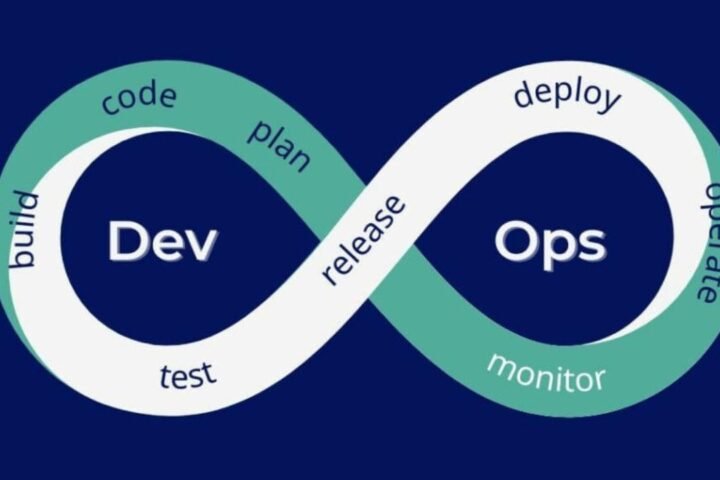Perplexity AI is a powerful tool that makes writing articles easier by combining real-time web searches, advanced language models, and features like Perplexity Pages. Perplexity can help you research, plan, and write interesting blog posts, research papers, or how-to guides quickly and easily. This is a step-by-step guide to using Perplexity AI to write an article that is clear, good for SEO, and interesting to read.
Step 1: Choose your topic and audience
The first step is to figure out what your article will be about and who it will be for. Confusion AI is powerful because it can make content that is just right for different groups of people, like beginners, experts, or general readers. For instance, if you’re writing about “sustainable gardening,” you should choose whether you’re writing for professionals or hobbyists.
Log into your free or Pro Perplexity account and go to the search bar. You could type something like, “Make a list of 10 common questions about sustainable gardening for hobbyists.” Perplexity will give you a list of questions that will help you stay on topic with your article.
Tip: Use the “Focus” feature (like Web, Academic, or Social) to narrow down your search. For example, choose “Web Focus” for general gardening blogs or “Academic Focus” for research-based information.
Step 2: Make an outline that is good for SEO AI is great at making structured outlines based on the best content, which makes sure your article is both SEO-friendly and complete.
Action: Give a command like, “Make an SEO-friendly outline for an article about ‘sustainable gardening’ based on the top five articles, using Roman numerals and subheadings.” Perplexity will look at content that does well and give it a logical structure with main sections (like I. Introduction to Sustainable Gardening and II. Benefits of Eco-Friendly Practices) and smaller sections.
Tip: Use keywords that are related to latent semantic indexing (LSI). Ask Perplexity, “Get 50 high-volume LSI keywords for sustainable gardening.” This makes sure that your article matches what people are looking for and boosts its rankings.
Step 3: Write Parts Using Perplexity’s Long-Form Features
Perplexity can make detailed parts of your article that include keywords and multimedia to keep readers interested.
Action: For every part of your outline, give yourself a task like, “Write a 300-word section for ‘Benefits of Sustainable Gardening’ using markdown formatting and 5 LSI keywords (for example, organic gardening, eco-friendly gardening, water conservation, soil health, and biodiversity).” Perplexity will make a section that is well-organized and full of keywords.
If you have access to Perplexity Pages (which is only available to Pro users right now), go to the Library tab, click “Create a New Page,” and type in your topic. It will only take a few minutes for Perplexity Pages to make a draft with formatted sections, pictures, and citations. You can change the tone and add pictures to make it more appealing.
Don’t rely too much on what AI gives you. Edit each part to make sure it’s accurate and add your own voice, since Perplexity may sometimes use sources that don’t matter.
Step 4: Add multimedia and interactive features to make it better.
You can add pictures, videos, and interactive features to your article with Perplexity Pages to make it look better.
To upload pictures or choose pictures from the web, click the “Add media” button in Perplexity Pages. For instance, put a picture of a compost system in your article about gardening. You can also tell Perplexity to make pictures (a Pro feature) or summarize videos for content that is relevant.
Tip: To make it easier to read, mix text with pictures and videos. Use bullet points, headings, and subheadings to make the content easy to read.
Step 5: Check and improve
Perplexity gives sources for its answers, which makes it easy to check them, but you should always double-check the facts to make sure they are correct.
Action: Look over the sources that are linked in each section (you can see them on the Perplexity Pages). If a source is no longer useful or is no longer relevant, take it out, and Perplexity will rewrite the section without it. To make sure you have the most up-to-date information, use prompts like “Summarize recent studies on sustainable gardening from academic sources.”
Tip: Read it over to make sure it makes sense and flows well. If you’re putting together several sections, get rid of any duplicate introductions or conclusions. Also, make sure that the transitions between sections are smooth.
Step 6: Publish and Advertise
You can either publish your article directly to Perplexity Pages’ user-generated content library or export it as a PDF or document to share it with others once it is ready.
In Perplexity Pages, click “Publish” to share your article with people all over the world, or export it to sites like WordPress or Substack. Share your article on social media, link to authoritative sites, and keep an eye on how well it’s doing with tools like Google Analytics.
To get more people to read your article, share it on sites like Reddit or X that are related to it. For instance, you could put a link to your full article in r/gardening with a summary.
Step 7: Use Deep Research to Help with Hard Topics
To write in-depth articles, use Perplexity’s Deep Research mode (free for everyone, unlimited for Pro subscribers) to quickly put together a full report by combining information from hundreds of sources.
To start Deep Research, choose it from the search box and type in a command like, “Give me a full report on sustainable gardening practices, with case studies and data.” You can either export the report as a Perplexity Page or add it to your article.
Tip: Deep Research is great for technical or niche topics because it makes sure your article is well-cited and authoritative.
- Balance: Best Practices and Things to Stay Away From AI and People Working Together: The output from Perplexity is a good place to start. Add your own thoughts and change the style to avoid writing that sounds too general.
- Don’t Use Lists and Tables Too Much: Too many lists can make content boring. Use different kinds of formatting to get people involved.
- Sources for fact-checking: Always check citations because Perplexity may have information that isn’t relevant or is out of date.
- Use Pro Features to Get More Done: The Pro version ($20/month) lets you do unlimited Deep Research, integrate GPT-4, and make images, which makes articles better.
- Why should you use Perplexity AI to write articles?
- Saves time: Makes drafts and does research in minutes, saving hours of work.
- SEO Optimization: Looks at the content that ranks highest to make articles that are full of keywords and easy to find in search engines.
- Citations for Trustworthiness: Gives clear source links, which are great for writing in school or work.
- Versatility: It can handle a wide range of formats, from blog posts to research reports, and you can change the tone and visuals to fit your needs.
Limitations
Limited Editing in Pages: You can’t change the text that was made in Perplexity Pages; you have to rewrite it using new prompts.
Sometimes not relevant: May have sources that aren’t related, so they need to be checked by hand.
Creative Tasks: Perplexity isn’t as good for very creative writing as tools like ChatGPT.
You can use Perplexity AI to write interesting, well-researched, and visually appealing articles quickly if you follow this guide. Visit the Perplexity Help Center for more information about Perplexity Pages.
























